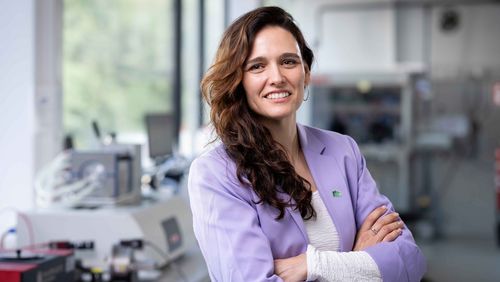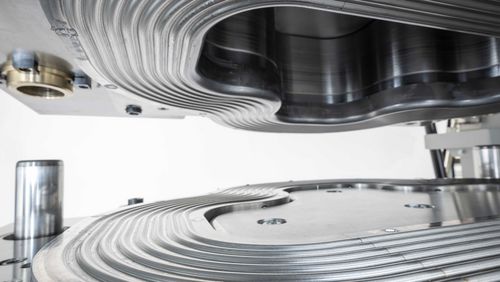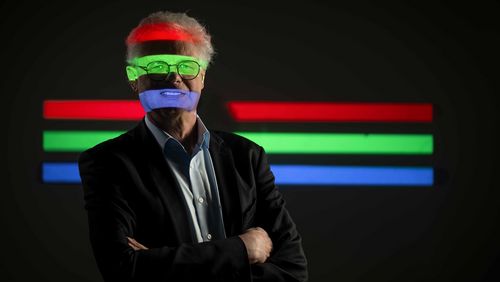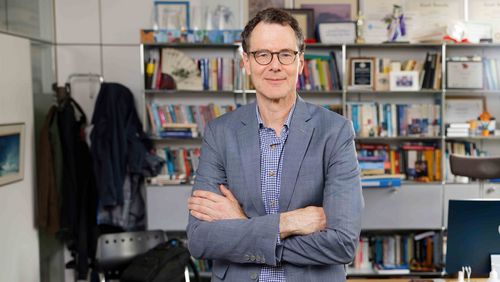
The 2022 report is now available
We’re pleased to announce the publication of the 2022 report of the Werner Siemens Foundation. As in past years, this edition provides details on the projects supported by the Foundation, but it also places a special focus on innovation in medicine and medical technology. This section explores the topic in a broader context and includes an interview in which Nobel laureate Thomas Südhof discusses what constitutes good research funding.
The Werner Siemens Foundation (WSS) is currently funding sixteen high-calibre research projects in the natural sciences, life sciences and technology. The yearly publication reports on these innovative endeavours and the progress made. All WSS projects receive financing for at least five years; the Foundation selects up to three proposals every year.
In 2022, two promising new undertakings took up their work: the team at FutureLab CERES, located at the Potsdam Institute for Climate Impact Research (PIK) near Berlin, are seeking to identify the political measures that are most effective in protecting our planet’s climate, biodiversity and soils. PIK co-director Ottmar Edenhofer explains in an interview how CERES researchers approach their work—and why it’s so difficult to transfer climate protection into political action.
The second new project is at DWI – Leibniz Institute for Interactive Materials in Aachen, Germany, where the interdisciplinary group in the TriggerINK project began exploring a completely novel method for cartilage regeneration in damaged joints. As a visit to the lab revealed, the ambitious goal requires novel materials, state-of-the-art techniques—and excellent teamwork.
Several other WSS-funded projects have already been seeking new approaches in medicine and medical technology for quite some time. This research forms the focus of the 2022 report. Readers will discover how increasingly sophisticated prosthetics and implants could revolutionise the treatments of broken bones and heart diseases while also learning about major advances made in medical imaging techniques such as MRI, CT scans or X-rays. Here, two WSS research projects are driving the developments—all with the aim of improving patient therapies and making operations safer.
The Werner Siemens Foundation finances research that, after a few years, is expected to find real-world application. Particularly in the field of medicine, however, the transition from basic research to clinical care is expensive and time consuming. In an interview, neuroscientist and Nobel laureate Thomas Südhof takes examples from Alzheimer’s research to illustrate the factors that can cause setbacks in clinical trials and overall stagnation in progress.
But how do researchers come up with their innovative new ideas in the first place? Who would ever think of looking for antibiotic agents in the dental plaque of prehistoric humans? Or using artificial molecules to capture and crush viruses inside the human body? In a discussion on innovation, three such original thinkers—all of whom receive financing from WSS—explain how they hit upon their unusual ideas.
The report also includes updates on eight other ground-breaking projects supported by the Foundation: cyber trust research, record-breaking atomic switches, carbon nanoribbons for quantum technologies, advances in deep geothermal energy (new drilling methods and the Bedretto Underground Lab) and thermoelectric materials as well as missions to monitor the deep sea and the high seas.
In other news, The Werner Siemens Foundation is celebrating its centennial anniversary in 2023. Two daughters of Carl von Siemens, Werner Siemens’s brother, established the Foundation, and the life stories of the two women, Charlotte and Marie, has recently seen publication. The handsome volume completes the biographical series on all five women who established or endowed the Werner Siemens Foundation.
> The 2022 report as a PDF




